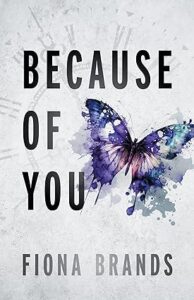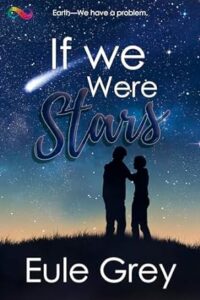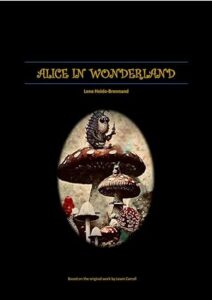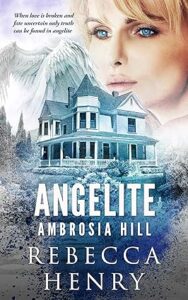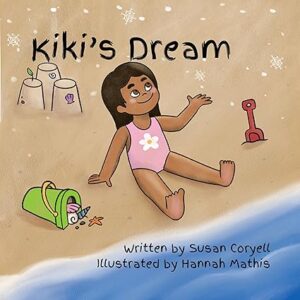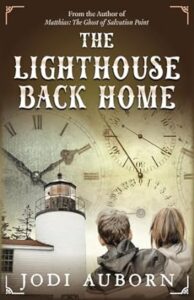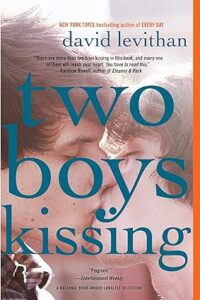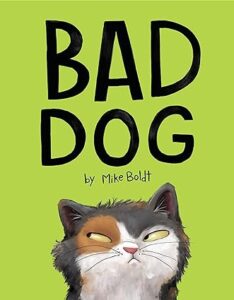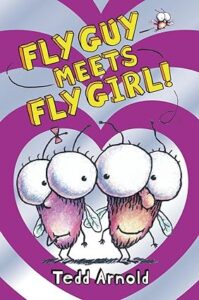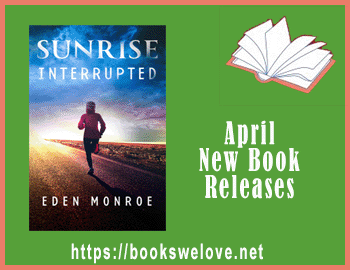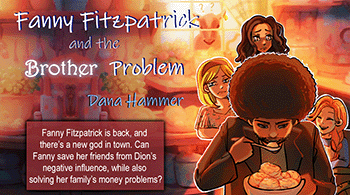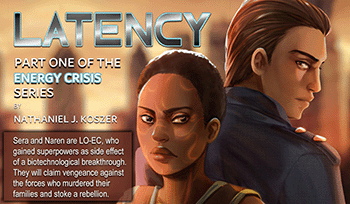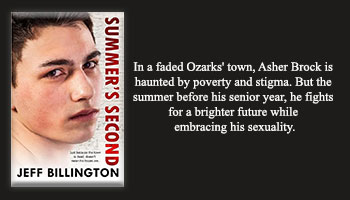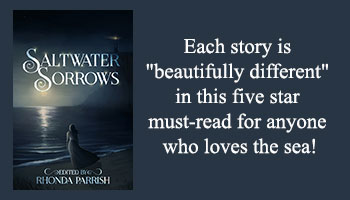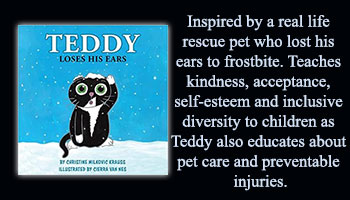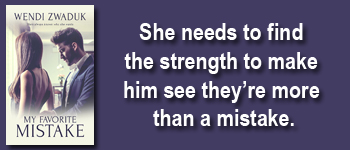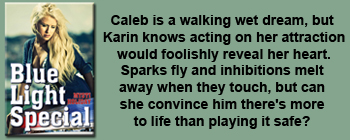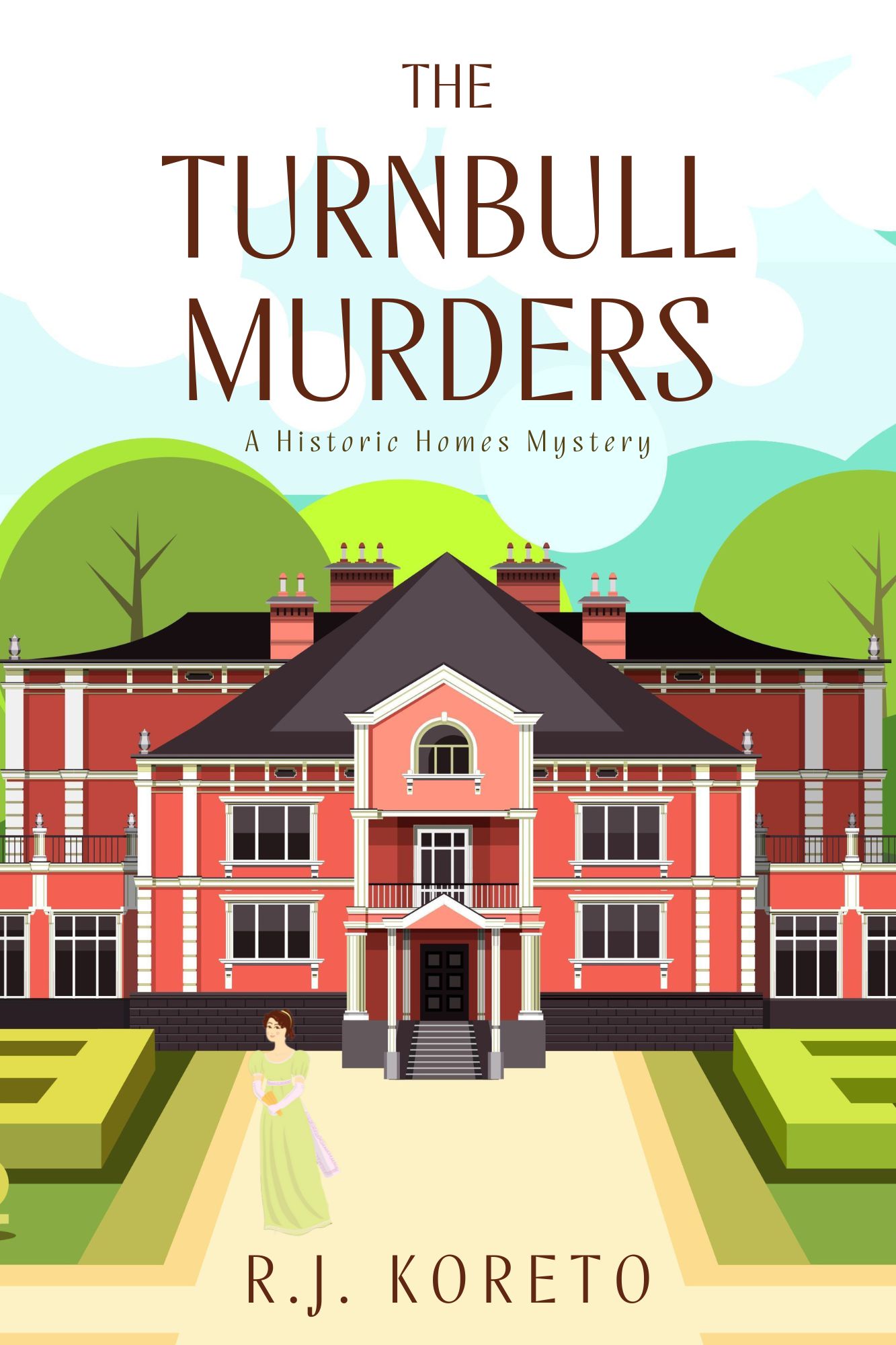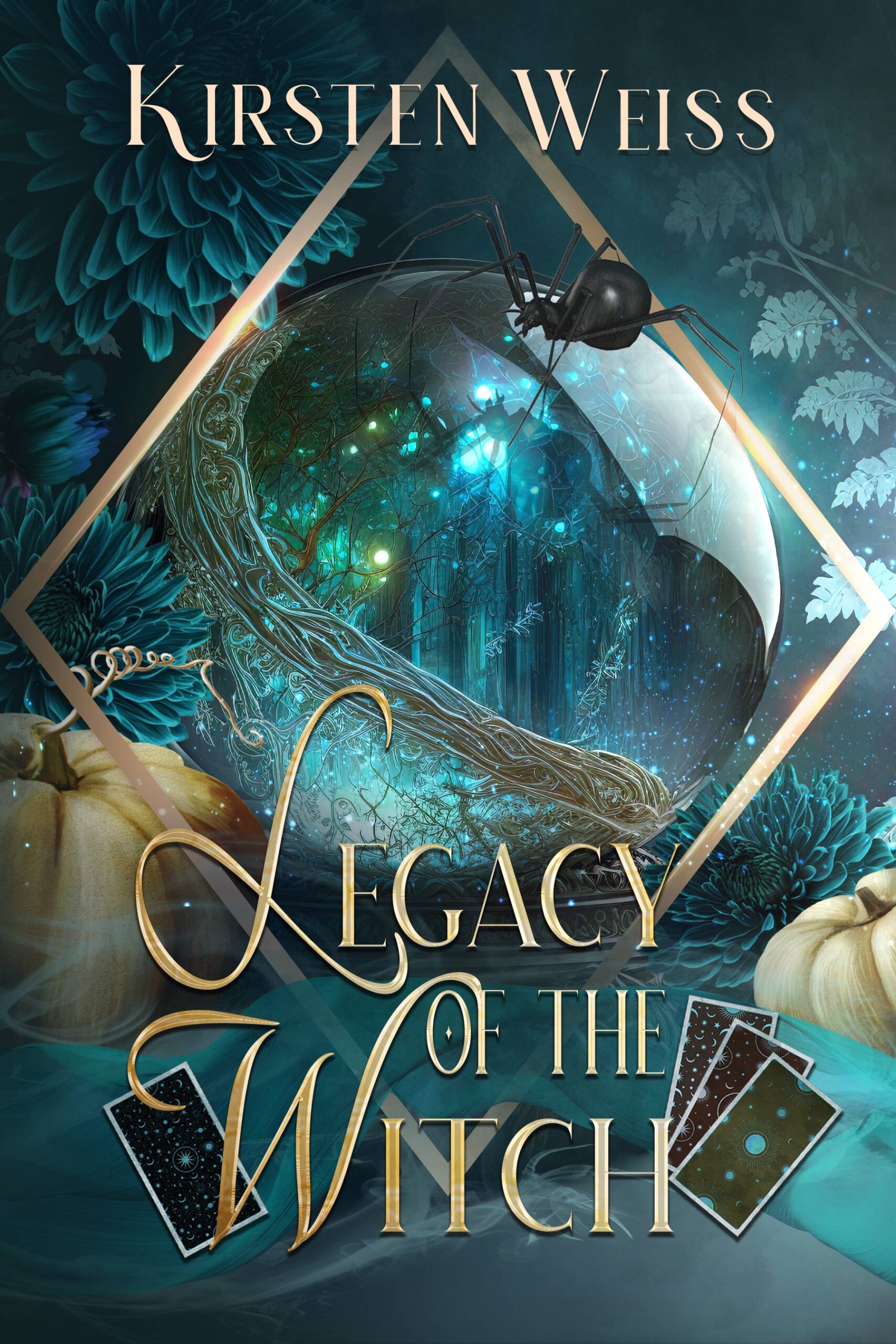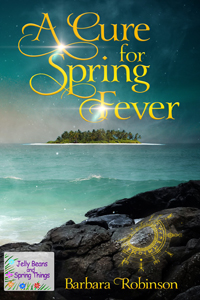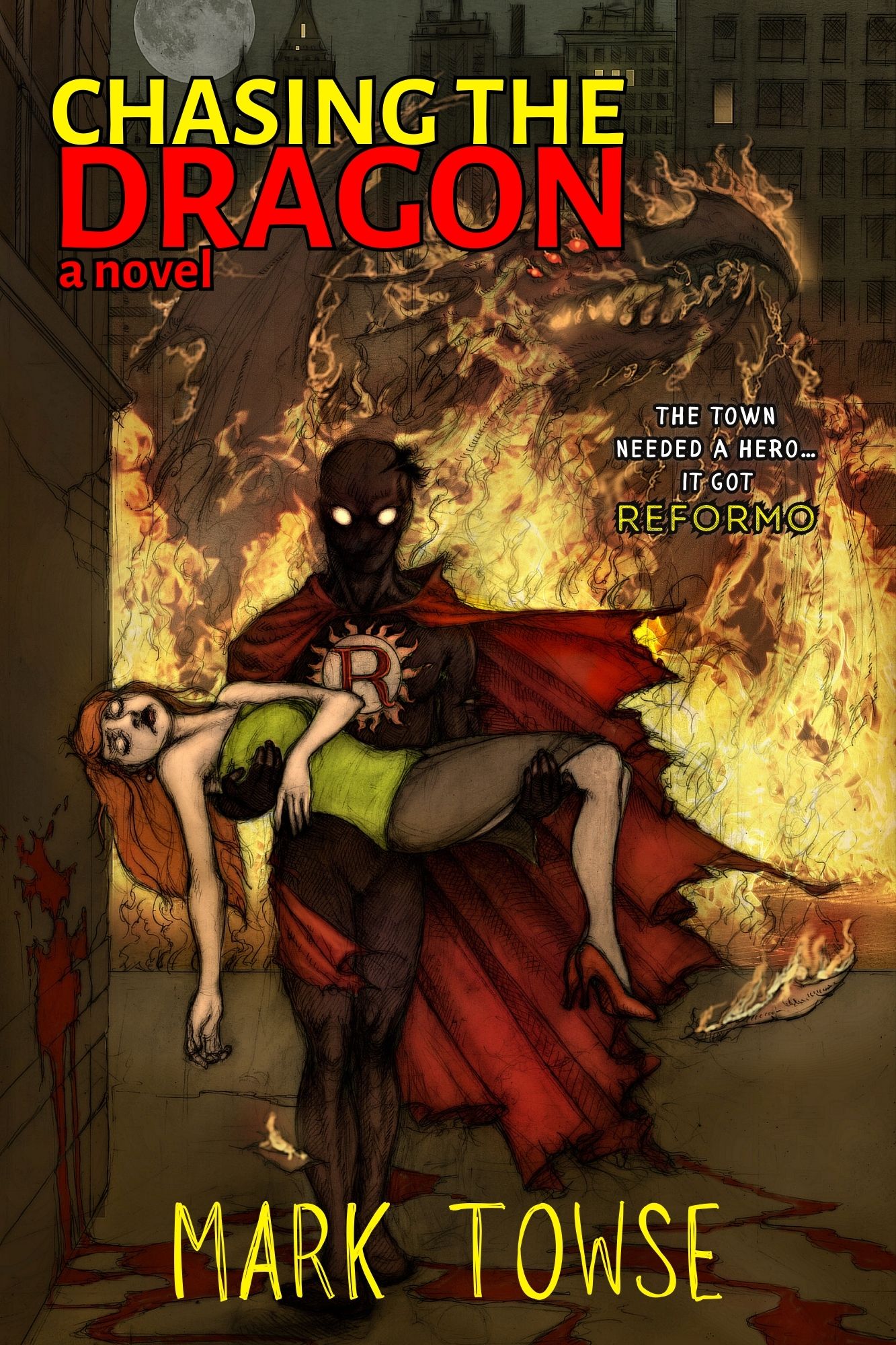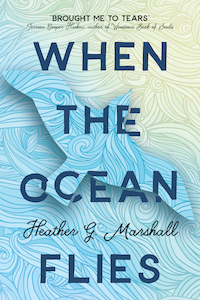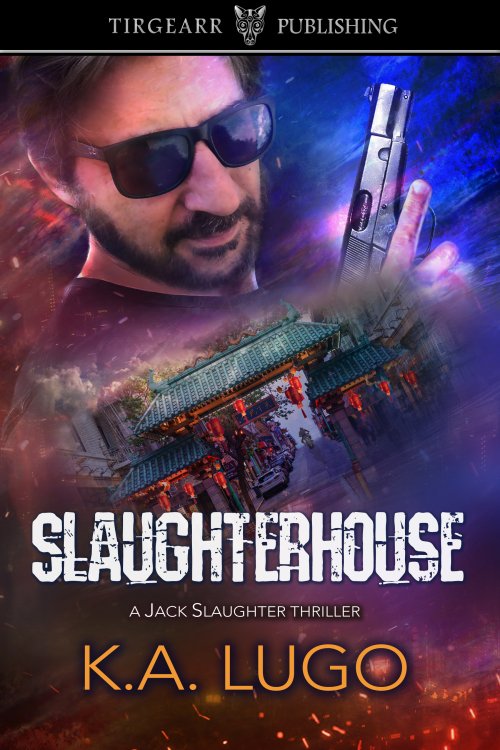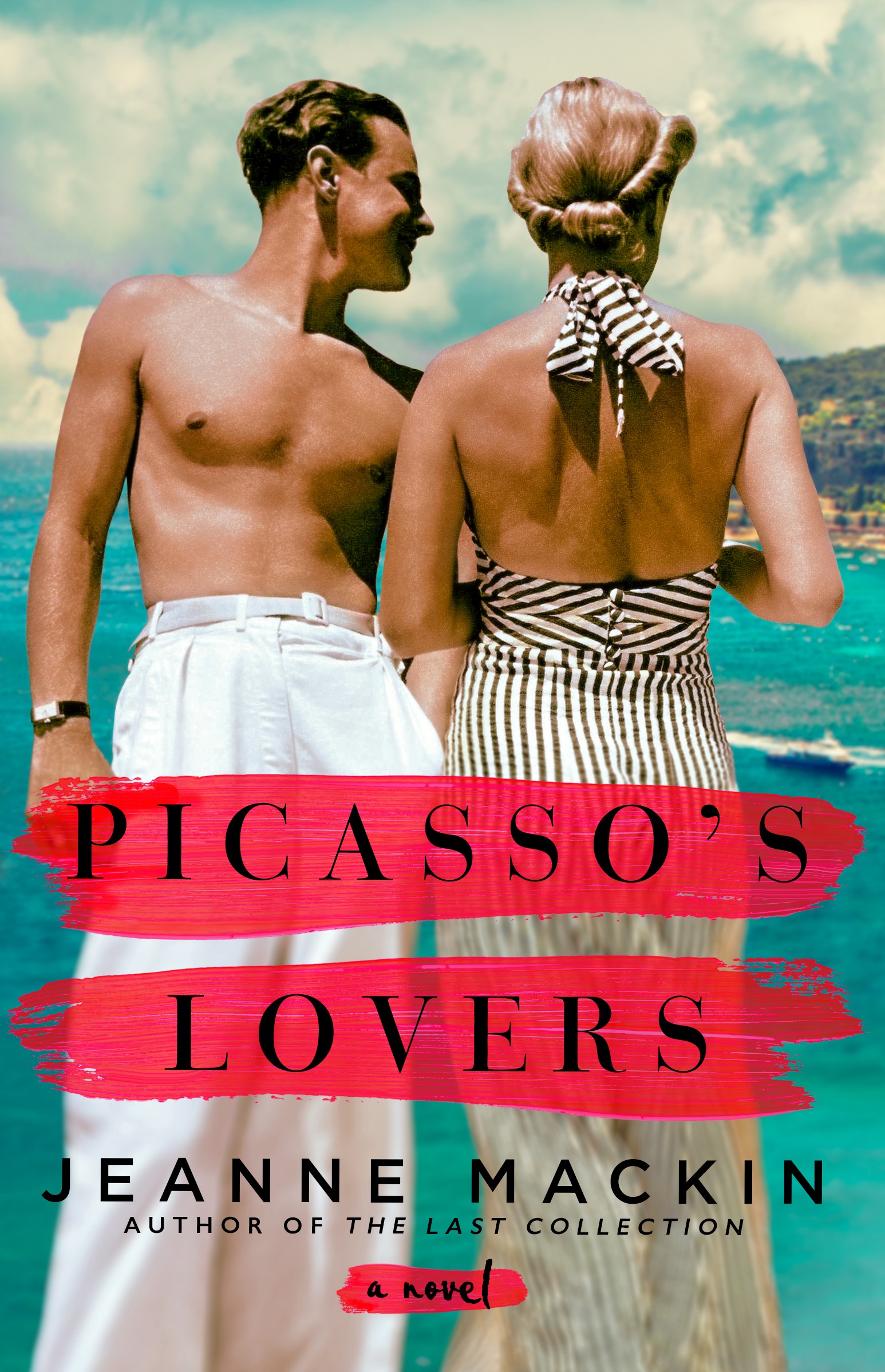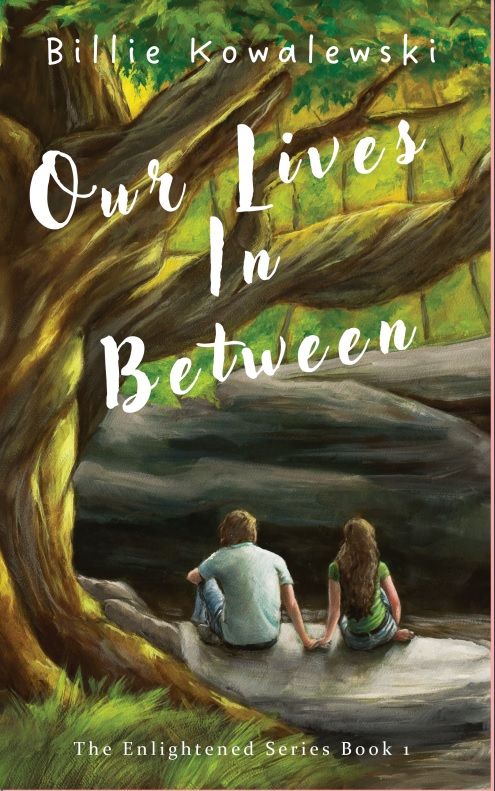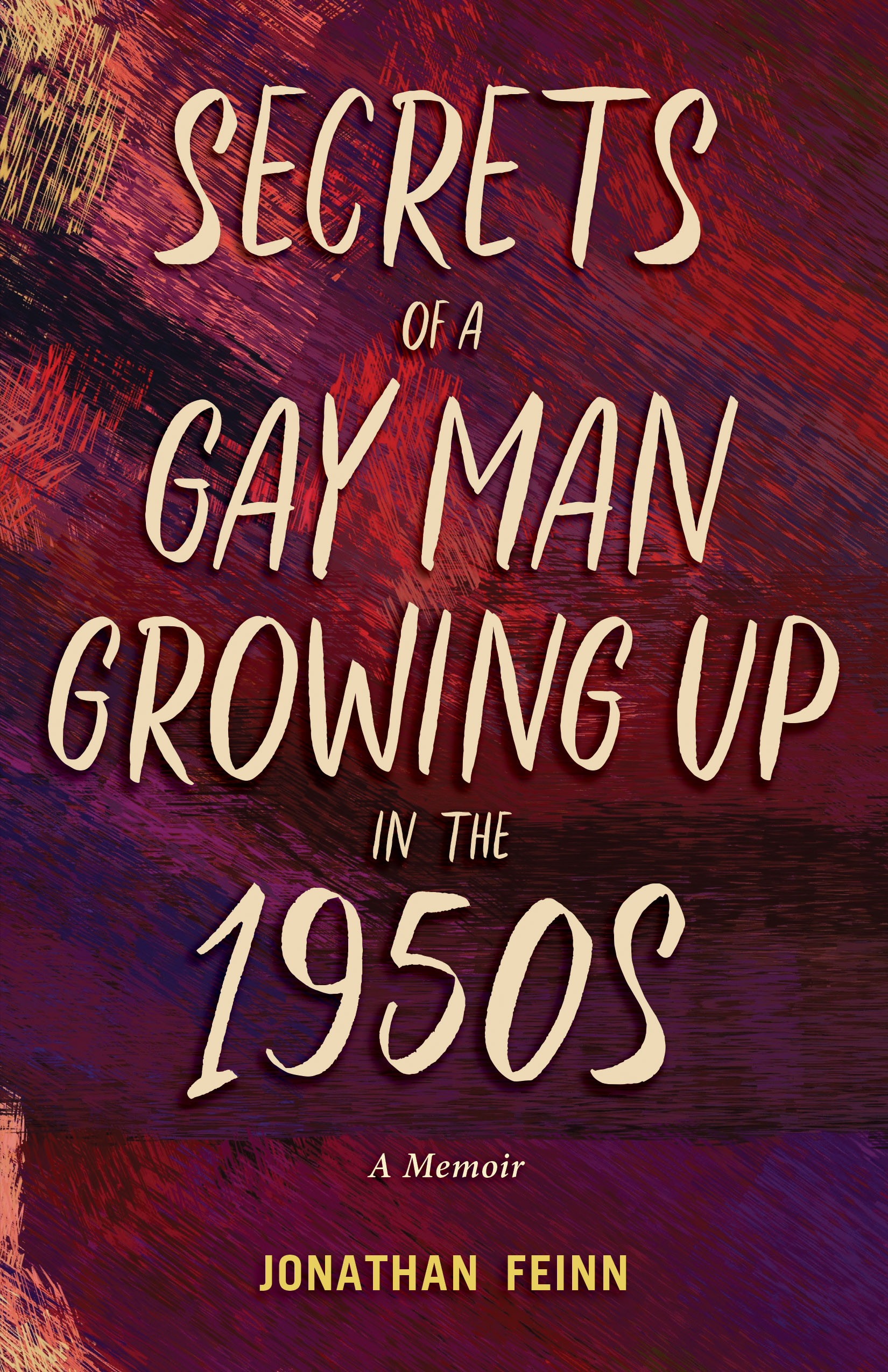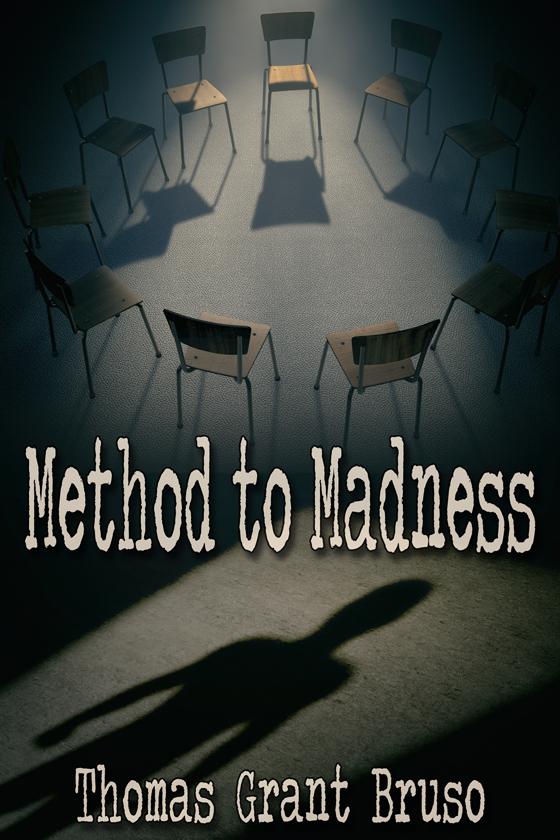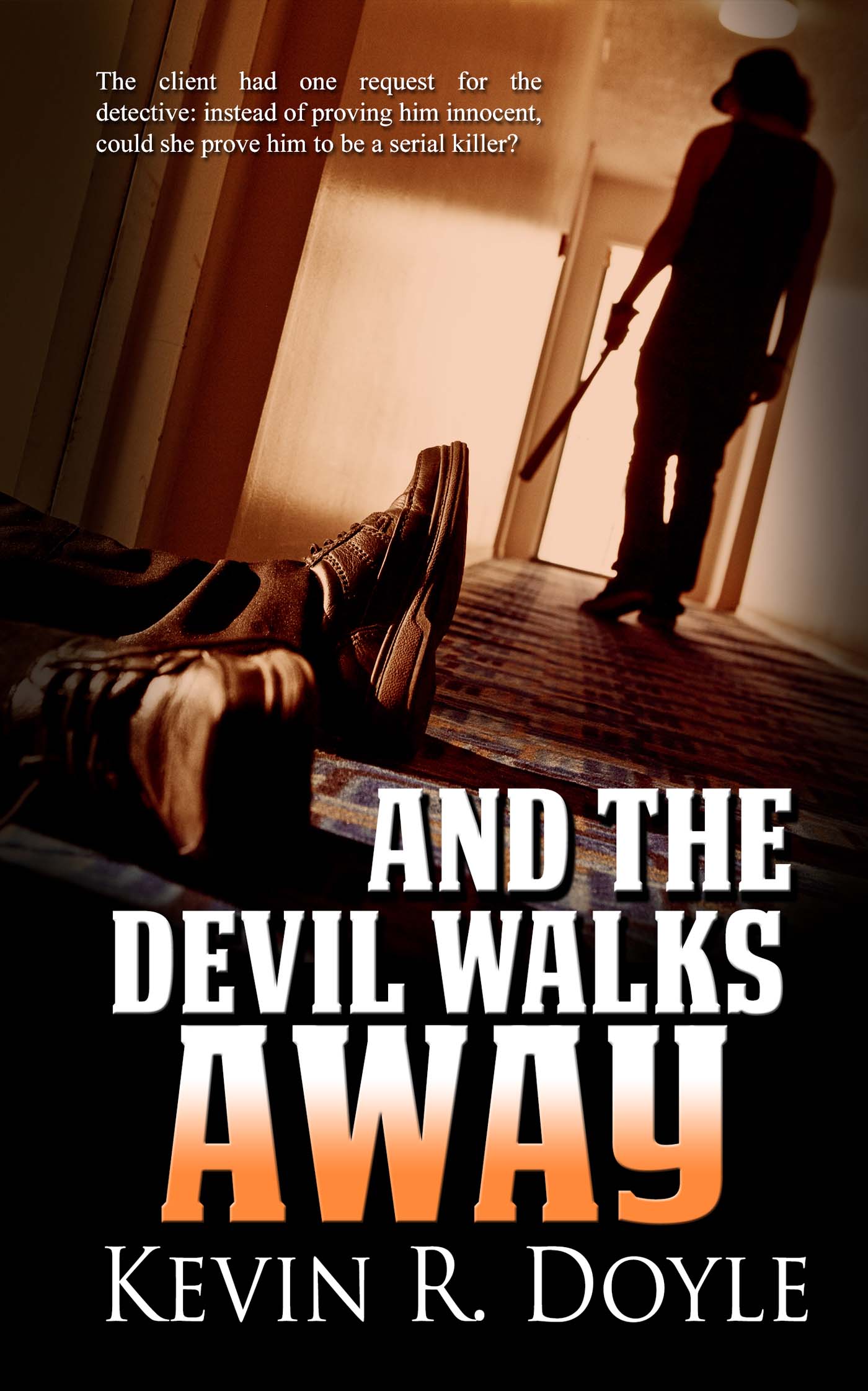Because of You by Fiona Brands
Publisher: FriesenPress
Genre: Young Adult (14 – 18 y.o.), Sci-Fi/Fantasy, LGBTQ, Romance, Contemporary
Rating: 3 Stars
Reviewed by AstilbeLiv and her best friends Travis and April have just started their last year of high school and things have gotten complicated—Liv has feelings for Travis, April is getting into trouble already, and Travis has a new girlfriend. But then Liv’s mom reveals a long-buried secret about Liv’s father, who took his own life when Liv was only two, and her life is turned totally upside down.
Reminded of unresolved trauma, Liv’s mom starts drinking heavily and Liv is haunted by the thought that her parents could have had good lives if they had never met. When Liv visits the antique shop of Travis’s grandpa, she discovers a grandfather clock they suspect can transport people back in time. As Liv’s life becomes increasingly chaotic, she’s forced to decide: will she travel back in time to stop her parents’ complicated relationship, or will she endure an uncertain future?
Whether platonic or romantic, love makes everything in life better.
I adored the close-knit friendships between Liv, Travis, and April. All three of them were kind and generous people who looked out for each other. Their banter made me smile, and I enjoyed seeing how they navigated their final year of school together as all three tried to figure out what the future might hold for them.
The pacing felt slow at times to me, especially in the first half of this novel. Based on the reference to time travel in the blurb, I was surprised to see so many chapters go by without a single mention of anything related to speculative fiction at all even though I later came to understand why the author made this choice. Some of the subplots also soaked up a lot of time in the beginning for reasons that I did not understand until much later or, in some cases, at all. The writing itself was nice, I simply felt that it could have been tightened up in the beginning so the characters could move on to the main conflict faster.
Most of the science fiction I read is harder and more definitive than this, so it was refreshing to see how lightly it was sprinkled into this tale. There were hints of it sprinkled here and there, but the majority of the scenes only contained moments that could happen in real life. This could be a good introduction to science fiction for readers who don’t generally read it because of that.
Because of You was heartwarming.
